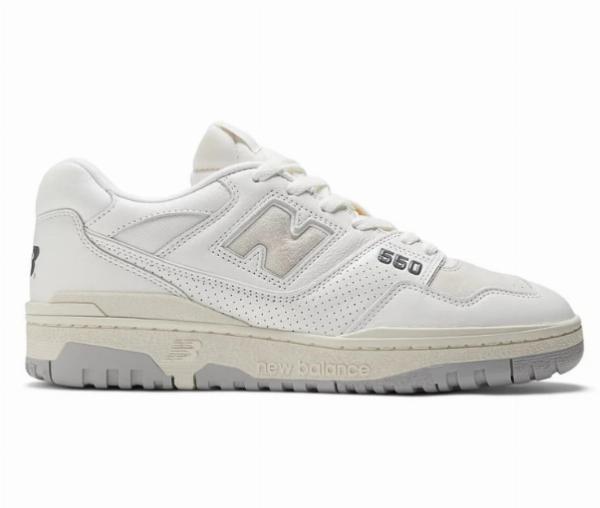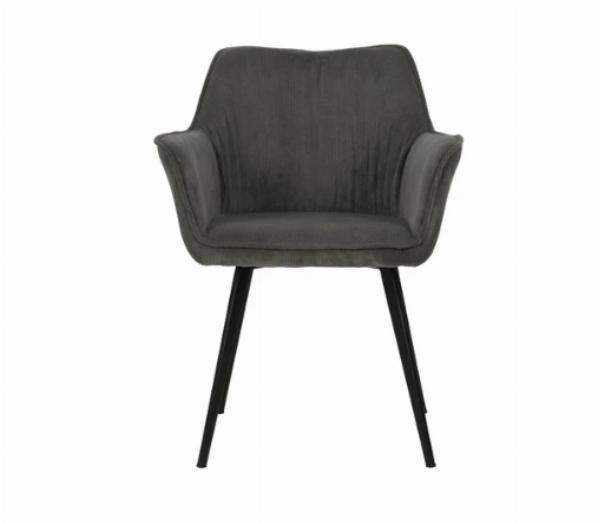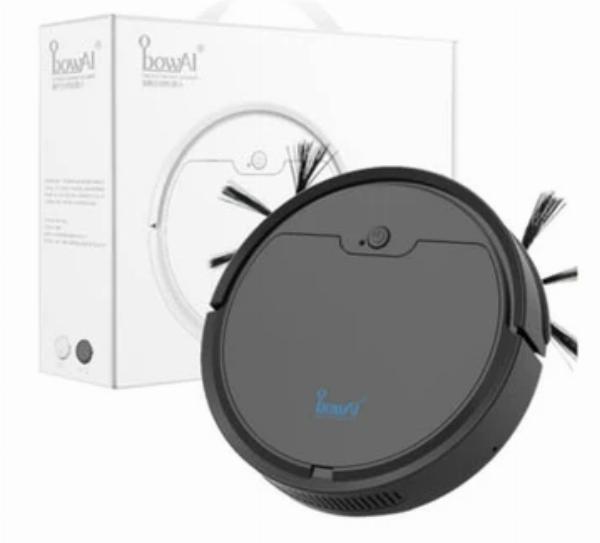 White Hat Link Building – Safe. Powerful. Long-Term.
White Hat Link Building – Safe. Powerful. Long-Term.
From Mats to Blocks: A Comprehensive Guide to Choosing the Right Yoga Equipment
Written by Naila » Updated on: June 17th, 2025

Introduction
Yoga is more than just a series of poses; it's a journey toward self-discovery and mindfulness. To enhance this experience, the right yoga equipment plays a crucial role. With so many options available, choosing the perfect gear can feel overwhelming. From mats that provide stability to blocks that offer support, each piece has its purpose and benefits.
Whether you're a seasoned yogi or just starting your practice, understanding how to select your tools can elevate your sessions significantly. Join us as we explore everything from essential mats and blocks to other equipment that can transform your practice into something truly special. Get ready to find the ideal companions for your yoga journey!
Essential Yoga Equipment: Mats and Blocks
Yoga mats and blocks are foundational pieces of equipment for any practitioner. They provide support and stability, enhancing your practice.
A yoga mat offers a dedicated space to flow, grounding you during each pose. Its texture can influence grip and comfort. A quality mat cushions your body while ensuring you stay connected to the earth beneath you.
Blocks serve as extensions of your arms or legs, helping with alignment in challenging postures. They also make poses more accessible by bridging gaps between flexibility levels.
Whether you're seeking extra height in triangle pose or need assistance in seated stretches, blocks adapt to your needs. Together, mats and blocks create a harmonious environment that encourages exploration on the journey toward balance and strength.
Factors to Consider When Choosing a Yoga Mat
Choosing the right yoga mat can make a significant difference in your practice. Start with thickness. Thicker mats provide more cushioning, which is great for sensitive joints. However, if you prefer stability during standing poses, opt for a thinner mat.
Next, consider material. PVC mats are durable but can be slippery when wet. Eco-friendly options like natural rubber or jute offer better grip and sustainability.
Texture also plays a role in your comfort level. Some mats have a smooth finish while others feature added grip patterns to prevent slipping during workouts.
Weight matters too—especially if you plan on traveling with your mat. Lighter mats are easier to carry but may sacrifice durability.
Don’t forget about price and aesthetics! A well-priced mat that reflects your personal style will motivate you to roll it out more often and enhance your overall experience on the mat.
Different Types of Yoga Mats
Yoga mats come in various types, each tailored to different practices and preferences.
PVC mats are among the most common. They're durable, affordable, and offer a decent grip. However, they might not be the best choice for eco-conscious yogis.
Natural rubber mats have gained popularity due to their sustainability. They provide excellent traction but can sometimes be heavy or require extra care to maintain.
TPE mats blend eco-friendliness with performance. Lightweight and non-toxic, these mats often feature moisture-wicking properties perfect for heated sessions.
For practitioners seeking comfort, memory foam options are available. These cushioned surfaces reduce strain on joints but may lack stability during balancing poses.
Travel yoga mats cater to those on the go—thin and lightweight yet functional enough for your practice anywhere you land. Choosing the right mat ultimately depends on your style of yoga and personal needs.
Benefits of Using Yoga Blocks
Yoga blocks are invaluable tools for practitioners of all levels. They provide support and stability, making challenging poses more accessible.
Using blocks can enhance your alignment in various postures. This helps prevent injuries and encourages deeper stretches without straining your body.
Blocks also allow you to explore new variations of familiar poses. With added height or support, you may find yourself discovering sensations that deepen your practice.
Additionally, they serve as a bridge between the floor and your body. For those with limited flexibility, this connection offers confidence while building strength over time.
Incorporating yoga blocks into your routine can lead to greater mindfulness as well. You become more attuned to how each pose feels when using props effectively.
These simple tools open up a world of possibilities on the mat, enriching every session with comfort and creativity.
How to Choose the Right Yoga Block for Your Practice
Choosing the right yoga block can enhance your practice significantly. Start by considering the material. Foam blocks are lightweight and ideal for beginners, while cork or bamboo options offer sturdiness and better grip.
Next, think about size. Standard blocks measure 9x6x4 inches, but you might prefer wider or taller blocks depending on your height and flexibility. A block that suits your body will support you better in poses.
Don't forget to test the density. Softer blocks provide more cushioning; firmer ones offer stability for balancing postures.
Pay attention to texture. A non-slip surface is crucial during dynamic flows to prevent accidents and ensure safety as you move through sequences with ease.
Other Optional Yoga Equipment to Enhance Your Practice
Beyond mats and blocks, a variety of optional yoga equipment can elevate your practice. Consider bolsters for restorative poses. They provide support and comfort, allowing you to relax deeper into stretches.
Straps are another fantastic tool for enhancing flexibility. You can use them to extend reach during poses or help maintain alignment in tricky positions.
Yoga wheels have gained popularity too. These versatile props assist in opening the chest and stretching the spine while also challenging your balance.
Blankets offer warmth and cushioning on hard surfaces. They’re perfect for seated poses or when you want extra padding under your knees.
Exploring these additional tools allows you to tailor your yoga experience further, making each session unique and enjoyable. Don’t hesitate to try new items that resonate with you; they might just transform how you flow on the mat!
Conclusion
Choosing the right yoga equipment can significantly influence your practice. The journey begins with selecting a mat that suits your style and needs. Whether you prefer extra grip, cushioning, or eco-friendly materials, there’s a perfect option out there for everyone.
Yoga blocks are equally important tools that help deepen stretches and improve alignment. With various sizes and materials available, finding the ideal block will enhance both beginners' experiences and seasoned practitioners' practices.
As you explore these options, remember to consider what feels best for your body and aligns with your personal goals. Your yoga practice should be enjoyable and fulfilling; the right equipment is key to getting there.
Note: IndiBlogHub features both user-submitted and editorial content. We do not verify third-party contributions. Read our Disclaimer and Privacy Policyfor details.
Copyright © 2019-2025 IndiBlogHub.com. All rights reserved. Hosted on DigitalOcean for fast, reliable performance.

















